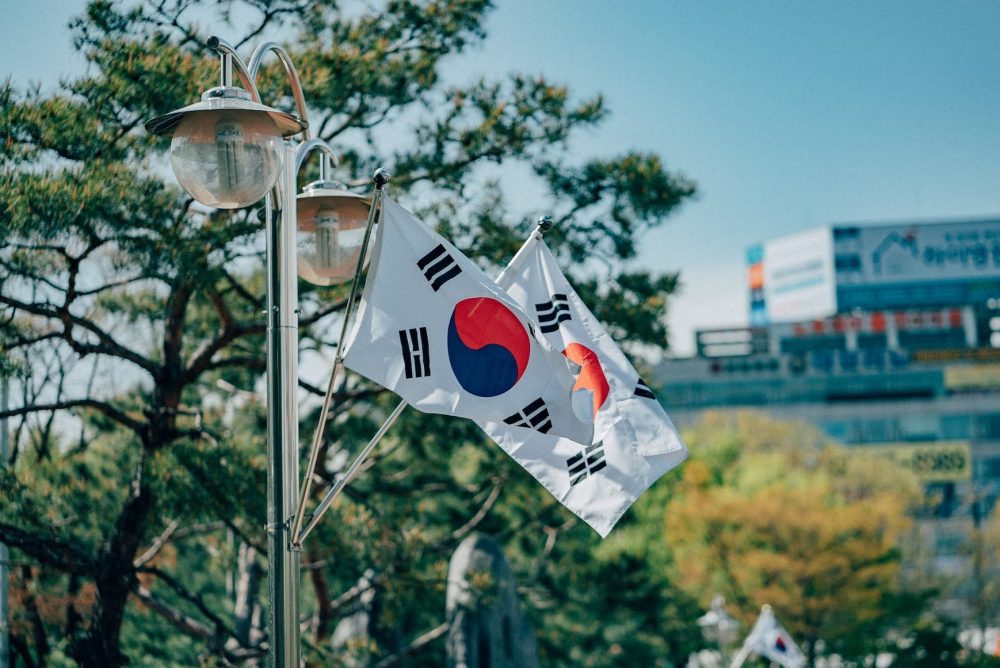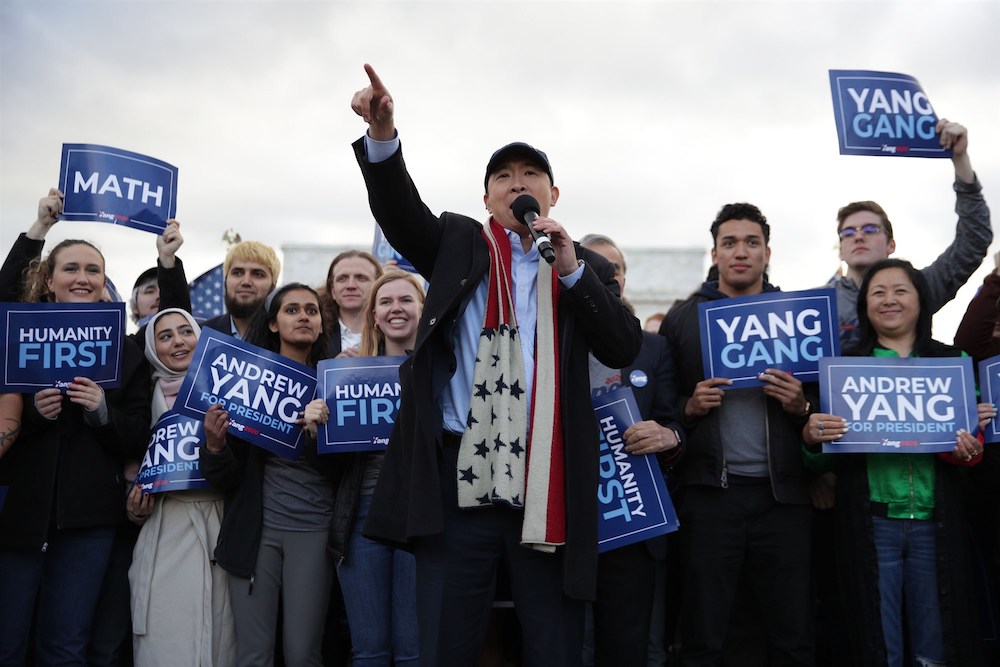
NITA SABOURI – APRIL 14TH, 2023
EDITOR: DENYSE CHAN
On August 16th, 2022, Congress approved the Inflation Reduction Act (IRA), a new federal law that hopes to (you guessed it) reduce inflation. But, because this is Congress, several additional stipulations were added as riders before the bill passed. Along with reducing inflation, the act reduces the federal deficit, lowers prescription drug prices, fights climate change, and increases investment in domestic energy production. That last part is important because one of the methods through which the IRA subsidizes domestic energy production is by providing a $7,500 federal rebate for electric vehicles that contain batteries that were manufactured within the U.S.. This part of the IRA is meant to boost sales for American EV manufacturers like Tesla, Ford, and General Motors. However, it has also been interpreted as a provocation towards China, since six out of the top ten EV battery makers in the world are Chinese companies. Most of the discussion about this aspect of the IRA has focused on how it escalates the trade war between China and the U.S.. Meanwhile, one country has gone largely overlooked: South Korea. Many Korean car companies use Chinese-manufactured batteries and are also closely tied to the Korean government. The new IRA provisions have forced Korea to choose between its economic relationship with China and potentially losing the American market. That being said, Korea is no stranger to navigating the tenuous relationship between the two opposing superpowers, often caught in the middle both geographically and politically.
Even before Korea became divided, its geographical location between China and Japan made the peninsula a frequent target for invasion. The First Sino-Japanese war was fought from 1894 to 1895 as China and Japan battled over influence in Korea, and it is a stark example of how Korea has historically been caught in the middle of opposing powers that are much larger and much more powerful. However, the ties between Korea and China go far deeper than military alliances. As an East Asian country, Korea has many cultural similarities to China, with many traditions tracing back to Chinese practices. Even the official language of Korea, Hangul, was developed using traditional Chinese as its basis. Moreover, during World War II, the two countries were both victims of Japanese imperialism and war crimes resulting in mutual solidarity in opposition to Japan.
However, the relationship between the two countries changed once the Korean War began in 1950. During the Korean War, China backed the communist Democratic People’s Republic of Korea (DPRK) while the U.S. supported the capitalist Republic of Korea (ROK) due to their respective political alignments. As part of the armistice that halted the fighting between the two sides, Korea was divided along the 38th parallel, creating the two separate governments of North and South Korea. China’s support for the DPRK during the war demolished South Korean-Chinese relations, and the two countries had essentially no contact for several years. Instead, South Korea focused on its relationship with the U.S.
The Korean War left South Korea in ruins, and the American government poured money and resources into the country in order to solidify Korea’s identity as a capitalist nation. Foreign aid played a significant role in the country’s swift economic recovery and growth; in the 1950s, foreign aid financed 70% of Korea’s imports. The U.S. and South Korean governments now had strong diplomatic ties to one another, mainly through foreign aid and economic investment.
Relations between South Korea and China remained nonexistent until the eighties. Although President Park Chung-hee tried to establish a policy of communication between South Korea and China in 1961, official contact did not restart until 1983, when six Chinese nationals hijacked a Chinese domestic passenger plane. China reached out to Korea in order to coordinate an emergency landing in Chuncheon, South Korea. From there, things continued to improve as formal diplomatic relations were established in August 1992. In 2007, the U.S. and Korea signed the Korea-United States Free Trade Agreement, and in response, China began pursuing a free trade agreement with Korea as well. In 2015, the China-Republic of Korea Free Trade Agreement was finalized. The agreement aimed to raise annual bilateral trade between the two countries to $300 billion dollars. Things seemed to be warming up between the two countries.
Then, THAAD happened.
In 2017, the Korean government allowed the U.S. to place its Terminal-High Altitude Area Defense (THAAD) system in South Korea as a reply to increasing provocation from North Korea regarding nuclear and missile capability. China interpreted THAAD as a threat to its security, since the system uses radar that could look into Chinese territory. As retaliation against THAAD, China launched a massive informal boycott of Korean products. Citizens were encouraged through official media to stop buying Korean goods, stop traveling to Korea, and stop supporting Korean celebrities. Hyundai and Lotte – massive Korean conglomerates – were specifically targeted. All in all, the boycott cost Korea an estimated $7.5 billion dollars in economic losses. Through diplomatic détente in 2016 and 2017, the two countries were able to mend their economic relationship, and in 2018, China was still Korea’s largest trading partner by far, making up 26% of South Korea’s total exports. That being said, the fallout over THAAD confirmed what many already knew: Korea’s role as an intermediary and its economic dependency on two massively powerful, diametrically opposed countries puts it in dangerous territory.
Now, in 2023, Korea’s balancing act continues. Hyundai and Kia, leading South Korean car companies, made up 9.2% of South Korea’s total GDP in 2018. They are considered two strong pillars of the Korean economy, and they get most of their EV batteries from CATL, a Chinese battery manufacturer. Since the IRA was passed, Hyundai has responded by signing an agreement to source electric vehicle (EV) batteries in North America, dropping their China-manufactured CATL batteries. Additionally, South Korean firms are expected to invest a total of $13 billion in the U.S. by 2025 to support EV battery production. Though the Korean market has made its choice, the Korean government is not happy about the situation. Multiple Korean officials traveled to the U.S. in order to discuss the situation with members of the American Congress, a senior official called the IRA “a betrayal”, and the Korean government sent a letter to the U.S. voicing its concerns. One particularly incendiary statement came from Korea’s Industry Minister Lee Chang-yang, who implied that Korea has grounds for pursuing legal action against the U.S. for violating the World Trade Agreement and the KORUS FTA. But from the perspective of the U.S., these complaints hold very little weight. Though the U.S. has tried to appease Korea (Kamala Harris traveled to Seoul in September last year to meet with Yoon Suk Yeol to discuss the issue), the results have been immaterial: the two pledged to “continue to consult” on the matter. Hyundai and other firms have already chosen to align themselves with the U.S., so there is no incentive to roll back any of the IRA’s protectionist measures. The only concrete method of retaliation that Korea has available is to ally itself more closely with China in response to U.S. economic provocation, which could lead to its own set of issues due to China’s support for the DPRK.
In recent years, some experts have suggested that Korea should seek out a third option: fostering closer ties with other middle powers to increase its overall autonomy and mitigate the pressures of being a lynchpin for two superpowers. Dr. Hyeung-Kyu Kim, professor of political science at Ajou University, suggests that Korea should seek greater cooperation with countries such as Australia, Vietnam, Germany, and Indonesia in order to “enhance a rules-based international order” and reduce the burden of U.S.-China strategic rivalry. This could be a helpful strategy, especially since we do not yet know how China will respond to Hyundai’s decision to forego CATL batteries and effectively abandon the Chinese market in favor of pursuing American buyers. Regardless, the fallout over the IRA is yet another instance that demonstrates South Korea’s precarious position of being stuck between a rock and a hard place.
Featured Image Source: Unsplash
Disclaimer: The views published in this journal are those of the individual authors or speakers and do not necessarily reflect the position or policy of Berkeley Economic Review staff, the Undergraduate Economics Association, the UC Berkeley Economics Department and faculty, or the University of California, Berkeley in general.



